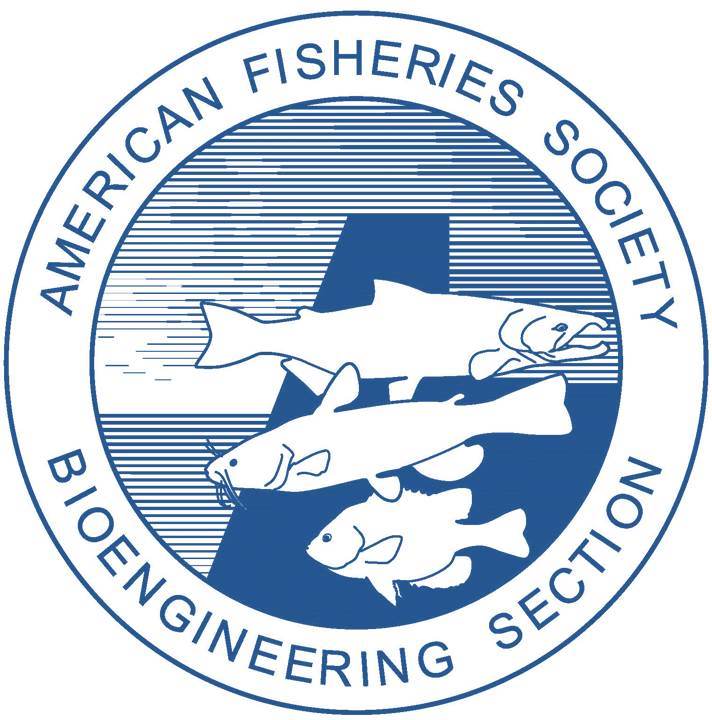Resources
Fish Passage Training Portal and Checklists
Developed by fish passage professionals in partnership with the AFS–BES Education Committee and the ASCE-EWRI/AFS-BES Joint Fish Passage Committee
The Fish Passage Training Portal is intended to serve as a “first-stop shop” to search for trainings in the fields of fish passage and river restoration. Also on the portal is series of project checklists for implementing fish passage and habitat projects as a service to our community of practice, particularly newer practitioners and on the ground project managers. These checklists are provided with the intent of fostering more successful projects with fewer missteps and less backtracking. Each provides guidelines for stepping through the feasibility assessment, design, or project management of different project types.
The Joint EWRI-AFS Fish Passage Reference Database http://scholarworks.umass.edu/fishpassage_database/
Developed by the BES/AFS-EWRI/ASCE Joint Fish Passage Committee
This database serves as a portal to access citations of current and historic literature on fish passage engineering, biology, design, and relevant disciplines. It is meant as an open resource for fishery biologists, managers, engineers, and the public and private sectors to find information on fish passage that is both published and unpublished (i.e., reports, gray literature), and a clearinghouse for new literature as it becomes available. The database was conceived, designed, and funded through the efforts of the American Society of Civil Engineers Environmental and Water Resources Institute (ASCE/EWRI) – American Fisheries Society Bioengineering Section (AFS/BES) Joint Fish Passage Committee in June of 2011 as part of its goal to develop initiatives for new projects to assist fish passage information and technology transfer, and in collaboration with the Fish Passage Community at the University of Massachusetts-Amherst. This database is a compilation of existing literature databases and bibliographies from multiple sources (e.g., USGS S.O. Conte Anadromous Fish Research Laboratory). At present the database only contains citations (and occasionally abstracts) of literature sources; due to copyright constraints, it is the responsibility of those using the database to locate the source for and obtain the actual articles.
Recommendations for Academic Curricula Engineering for Restoration of Rivers and Improved Ecological Systems
Prepared by the Curriculum Working Group, Bioengineering Section, American Fisheries Society, 2006
Abstract – The background required for practitioners in river restoration is interdisciplinary and includes physical, chemical, thermal, ecological, biological, and management processes in river basins. A myriad of processes (hydrological, hydraulic, geomorphic, sediment transport, thermal and chemical) provide a framework within which ecological and biological functions support life. Research and development in these areas, establishing a foundation of sound science and engineering, has intensified worldwide, as a result of widespread recognition of the importance of sustainable and environmentally acceptable use of water resources. Engineering and management of river basins demand the application of interdisciplinary knowledge, and a design philosophy, to produce environmentally sensitive and adaptive engineering works that restore river functions and values. Recognizing the need for educating and training engineers and other professionals in these interdisciplinary components is the main goal of this effort. The American Fisheries Society Bioengineering Section established a subcommittee to identify curricular needs for educating future river restoration engineers. This subcommittee consists of academics, agency personnel and private consultants active in the fields of river and ecological restoration, fish passage, and dam removal engineering. This document is a first attempt at identifying a basic curriculum through the MS degree that provides the background needed to enter the practice of river restoration and related fields. The target student is assumed to have an undergraduate degree in Civil or Environmental Engineering emphasizing water resources. An effort is made to identify where students could feasibly receive the background topics identified as desirable at either the BS or MS level.

